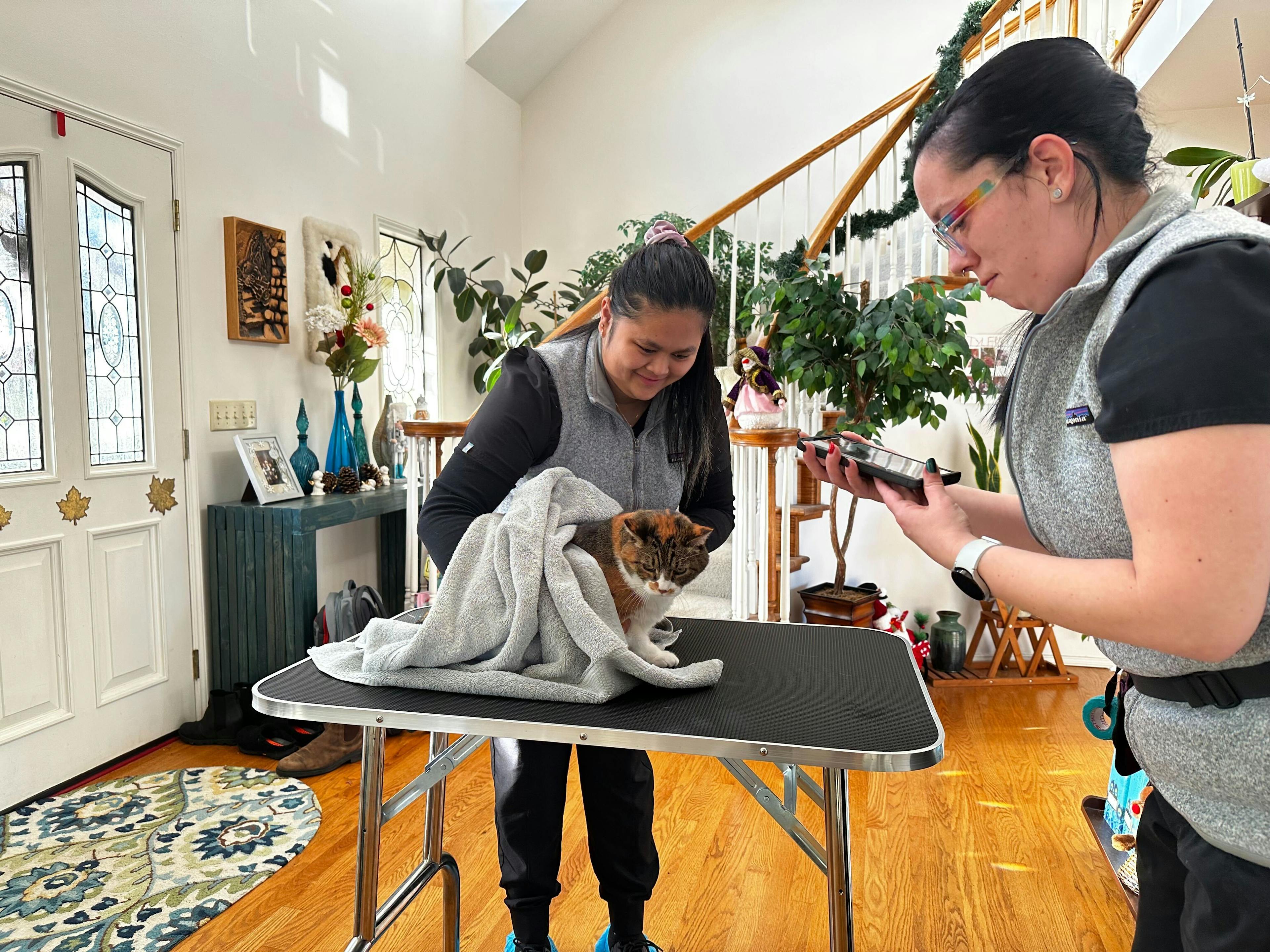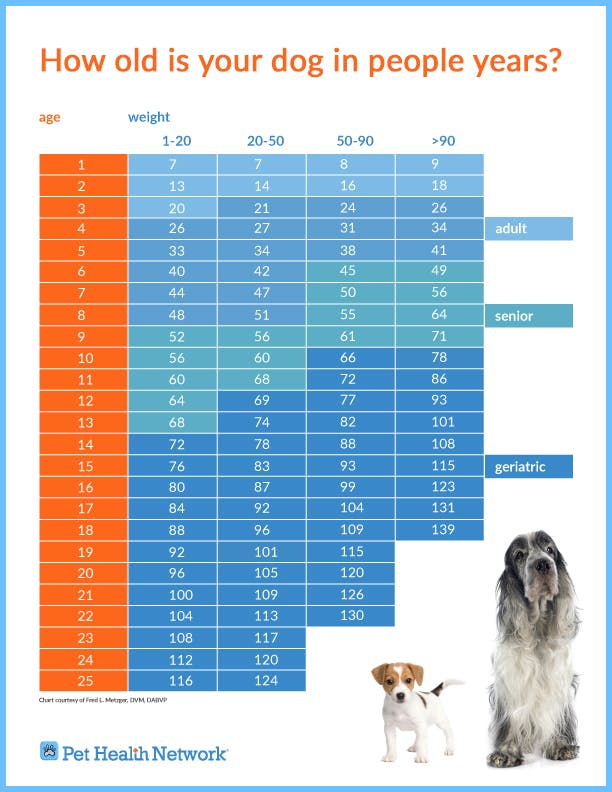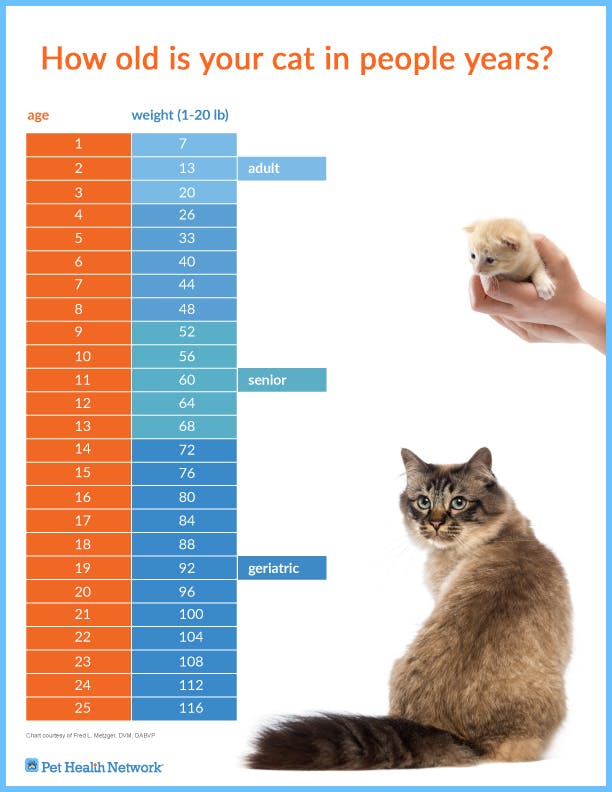

Tuesdays with Shlomo is a series exploring important topics in veterinary medicine with Dr. Shlomo Freiman. This week, we sat down with Shlomo to talk about baseline lab work for pets. While most of us don’t think anything of going to the doctor for regular biometric testing, the same doesn’t seem to apply to our pets.
Is that wise? Shouldn’t preventive medicine be a part of your pet’s care too? Shlomo explains why collecting health data on your pet, even when it shows that they’re perfectly healthy, can be potentially lifesaving. Such testing often catches diseases that wouldn’t show symptoms until there was nothing to be done, as pets can’t tell us what’s wrong with them.
Read on to learn about what baseline lab work is, why it should be part of your pet’s health regimen, and how frequently you should do it.
In the context of veterinary medicine, what is baseline lab work?
Dr. Freiman: All of these values that we test for as veterinarians have ranges of normal. A baseline allows you to know where you are at any point in time within this normal range, just like in human patients. If you don’t know where the baseline is, then you don’t know if there are any trends or aberrations. That’s very important. It gets even more important to know the baseline in our pets because they don’t talk.
You really only have the test results.
Yes. So, we often don’t know when pets are sick or we don’t know early enough. It’s also important to test because these normal ranges are based on statistical values, but the datasets they’re based on are not as extensive as they are for people. Humans are more uniform, but there’s a big difference between a Great Dane and a two pound Yorkie.
So different breeds of dogs might have different baselines?
Absolutely. To give you an example, let’s take creatinine, which is an important kidney value. That enzyme is also correlated to muscle mass. So if you have an animal like a hefty Rottweiler with more muscle mass, it will have a creatinine value on the higher side of the normal range. A little Yorkie that doesn’t have a lot of muscle mass, is probably going to run on the low end. Both values are inside that normal range. So let’s say we do a baseline on your Yorkie, and the value is 0.9. That’s normal. Everybody is happy. But then a year or two later, we test and see it’s creeping up. It’s still normal and within the normal range, but the change is concerning.
It’s within the range but maybe high for that particular dog?
Exactly. And we have that particular dog’s baseline, so we know this dog has been running pretty consistently at 0.9 and then suddenly he tests at 1.3.
What might cause that?
It could be a kidney problem, which Yorkies sometimes get. So I might suggest waiting another month and repeating the test. If we do that and it’s definitely going in the wrong direction, then even if it’s still in the normal range, the trend is alarming.

That tells you that you should do more testing on that kidney?
Yes. So then we get some urine, check his blood pressure. We’re much more likely to be successful in diagnosing the problem and, most importantly, actually managing it. Think of a train leaving the station. If it’s still there, you have a much easier time putting the brakes on, but once it starts going and has momentum, it’s a lot more difficult to stop it.
Does doing this panel of testing that you recommend help you catch problems earlier? Or even prevent them?
It can. Preventive care is all about being proactive, to prevent things from happening in the first place. If you can’t do that, the next best thing is to detect diseases while they’re in the early stages and can be managed more effectively.
How often do you suggest doing it?


You do it more often in pets because they age faster. I wouldn’t necessarily do a complete set of blood work on a kid who’s seven. But on a Rottweiler who’s seven I would definitely recommend doing lab work once a year. I don’t necessarily recommend it every year for very young animals, but as they get older that changes.
Given that we were talking about frequency, I was kind of curious about cost. Is it fairly reasonable to do baseline lab work once a year?
The testing is not too expensive and you can even get discounts on it through a lot of veterinary clinics’ membership programs. My clinic, Felix&Fido, discounts baseline lab work at some of our membership levels. More importantly, it can be the difference between doing a simple, inexpensive diagnostic or spending thousands of dollars to try to do something that is a lot less likely to succeed.
What kind of things do you test for in the baseline wellness panel?
It’s about 40 different parameters. We do a CBC or complete blood count, which tells you a lot about the various types of blood cells. We do chemistry, which gives insight into how different organs are functioning: kidneys, liver, etc. You can look at them as little indicators that all come together to form a picture of a pet’s overall health. We need a good number of data points to get a full picture of what’s going on. Those are the two big kinds of tests. With older pets, we’ll also test hormonal levels. And there are some new tests I’m very excited about to screen dogs for certain types of cancers.
You gave a few general examples, but you said you might have a specific story to share about how these baseline labs have come in handy in your practice.
Well, like this Yorkie that I was telling you about...
There’s a real Yorkie!?
It really happened! I don’t remember the dog’s age now, but we did baseline tests a couple of years ago. It was predictable and consistent. Low creatinine on a dog that is healthy and doesn’t have a lot of muscle mass. But then, at around six it was at 1.2. On a bigger dog, I wouldn’t even blink. The Yorkie was doing perfectly fine, no other symptoms. I said, “Okay, well, let’s wait two months and run the blood work again to see where we are at.” And after that two months we saw that the creatinine went up a little bit higher.
So we ran a couple of tests and diagnosed protein-losing nephropathy. We did a urinalysis and checked his blood pressure and saw that it was creeping up a little bit. So we put him on medication and things stabilized. But then it started creeping up again and put him on a second medication. He did great for years! That Yorkie could have gone undiagnosed for quite some time, and if he had, the impact on his kidney would have been irreversible.
He would have needed doggy dialysis?
Well, we don’t have doggy dialysis, so it would have been basically that that train was heading off the rails. But he did tremendously. I think he lived to be 16. His name was Blossom.
I feel like you have to have a cute name for a Yorkie.
Yeah, it was cute. Silky.
What would you tell someone who wants to take more of that “wait and see” approach? Maybe someone who had dogs growing up that never needed veterinary care or a cat that they left alone that lived to be 20 or something like that.
Look, I can’t argue with success. If you’ve got the best genetics, great. You’ve won the lottery and don’t have to worry. But in reality, for most of us, and for most of our pets, we have to assume that we haven’t inherited a perfect set of genes. I can’t argue with a dog that lived to be 18 with no veterinary care, but it’s definitely not standard.
That’s dumb luck, basically.
Exactly, it’s luck. And it’s easier to remember the dog that won the lottery. I suspect there were other dogs or neighbors’ dogs that we don’t remember who didn’t live as long or needed more veterinary intervention.
Better to just get that baseline lab work done?
The statistics are very clear: just like with people, the better care you take of your pet proactively, the longer and healthier life they’re going to live.
Stay informed
Sign up for email alerts whenever we release new entries of Tuesdays with Shlomo.